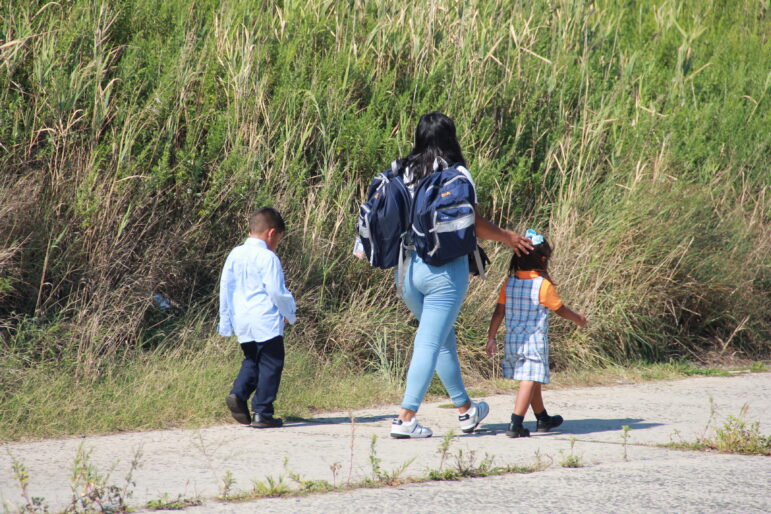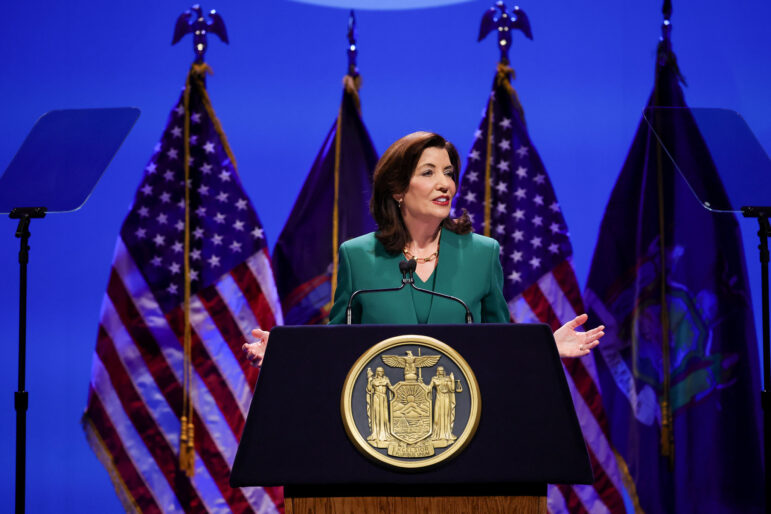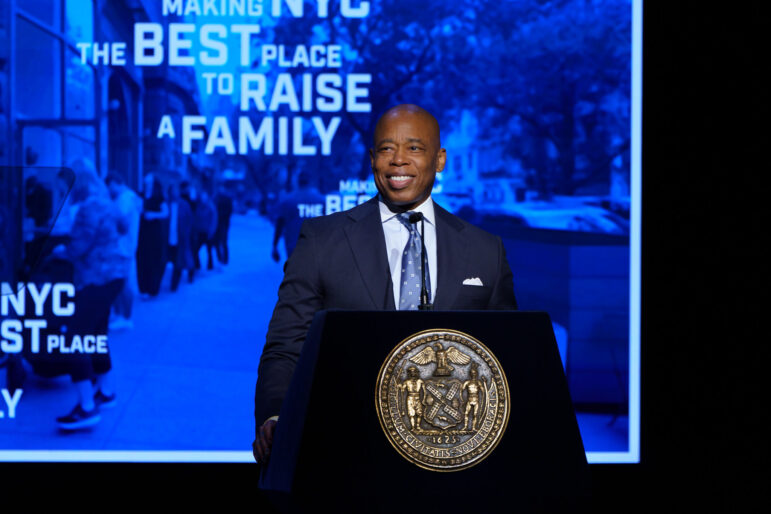The number of foster children adopted plummeted by about 17 percent in the past year, City Limits has learned. While the number of adoptions has remained relatively constant during the past five years–fluctuating between 3,600 and 4,000 children annually–only 3,145 children finished the process of adoption during fiscal year 2000. The decline comes despite major new federal legislation to speed up the process, and a massive six-year-long effort by New York City government to increase the number and pace of adoptions.
The slump has several possible explanations. Administration for Children’s Services spokesperson Jennifer Falk explained the decline as a natural fall-off, the predictable result of a sharp dip in the number of children who went into foster care in the mid 1990s. Since children spend an average of six years in the system before getting adopted, Falk said, seeing a statistical drop-off this year is unsurprising.
For other child welfare watchers, though, the answers aren’t so simple. Some blame the clogged-up courts, since finalizing an adoption is a complex legal process, and scheduling hearings can take months. Undoubtedly, the federal Adoption and Safe Families Act, which mandates that foster children be moved quickly toward the system, has put a strain on Family Court. Last year, the number of court petitions to permanently sever ties between parents and children jumped up by one-third.
But attorney Edwina Richardson-Thomas, who represents parents and children in Family Court, scoffed at the idea. “I think judges are quite willing to finalize adoptions,” she said. “In my experience, the courts are backed up–but not when it comes to adoptions.” Her fear was instead that ASFA, with its emphasis on terminating parental rights, may be rushing children through the separation process before they have found suitable new families to join.
Others suggest that, after years of strenuous pro-adoption campaigns by the city, the children still waiting for new families to join simply are not very adoptable. “My understanding is that over last few years, with the pressure to move adoptions, a lot of adoptions have been finalized,” said Mary Moe, director of foster care and adoption at New Alternatives for Children. “What’s left are some of the most difficult cases–kids who have serious problems, who’ve been bounced around the system forever, and are hardest to place.”
Falk called this theory a “myth,” but several other adoption experts and foster care agency adoption specialists agreed with Moe.
What’s clear is that even the concerted efforts of both federal and local government to hurry adoptions up have not met with much success. “Even with everyone focusing attention on this, we still can’t reach the goals we should be reaching,” said John Courtney of Hunter College’s Center for the Study of Family Policy. “Everything contributes to the delays, and people just throw their hands up in the air.”








